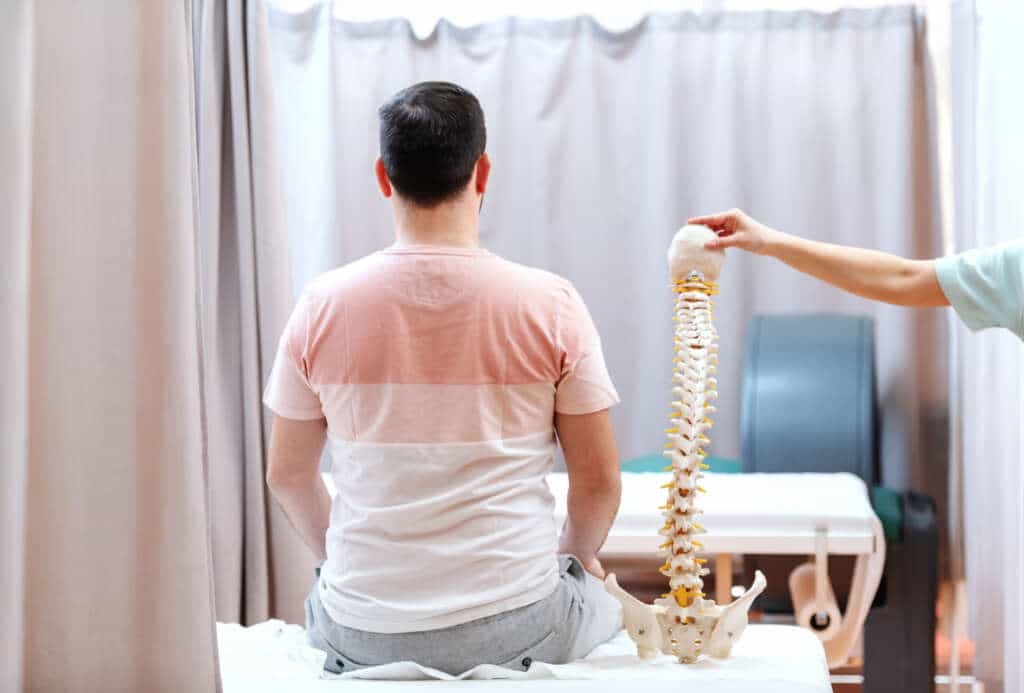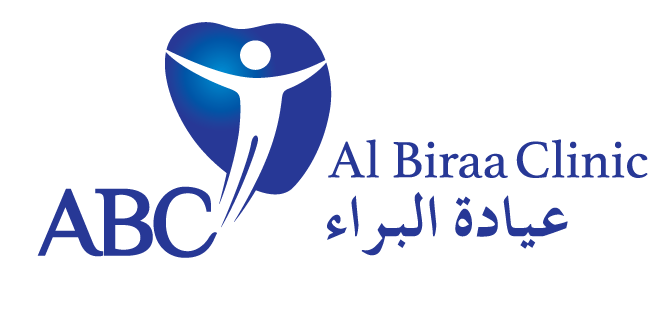Neck and back pain can be debilitating, affecting our daily lives, work, and overall well-being. While there are various treatment options available, chiropractic care has gained popularity as a holistic approach to alleviating these common ailments. In this blog, we’ll dive into the world of chiropractic treatment, exploring its effectiveness, techniques, and potential benefits for those seeking relief from neck and back pain.

Understanding the Causes of Back Pain and Neck Pain: A Comprehensive Guide
Back pain and neck pain are common issues that affect people of all ages and backgrounds. These discomforts can be a result of various factors, including lifestyle choices, posture, and underlying medical conditions. In this comprehensive guide, we will explore the common causes of back pain and neck pain and provide insights into prevention and relief strategies.
Section 1: Common Causes of Back Pain
1. Poor Posture: Poor posture, whether while sitting at a desk for extended periods or slouching while standing, can strain the muscles and ligaments in your back. Maintaining good posture and taking breaks to stretch can help alleviate this issue.
2. Muscle Strain: Activities that involve heavy lifting, sudden movements, or repetitive actions can lead to muscle strains in the back. To prevent this, it’s essential to use proper lifting techniques and avoid overexertion.
3. Herniated Discs: Herniated discs occur when the soft interior of a spinal disc pushes through the tougher exterior. This condition can cause intense back pain, tingling sensations, and numbness. Treatment options range from physical therapy to surgery, depending on the severity.
4. Sciatica: Sciatica is characterized by pain that radiates from the lower back down through the buttocks and into the leg. It often results from compression or irritation of the sciatic nerve. Physical therapy, medication, and lifestyle changes can help manage sciatica.
5. Arthritis: Various forms of arthritis can affect the spine, leading to chronic back pain. Osteoarthritis, for example, can wear down the protective cartilage between the spinal joints. Treatment may involve medication, physical therapy, and lifestyle modifications.
Section 2: Common Causes of Neck Pain
1. Poor Ergonomics: Prolonged use of computers and mobile devices with improper ergonomics can strain the neck. Ensure your workspace is set up to support your neck and head in a neutral position.
2. Muscle Tension and Stress: Stress and tension often manifest as neck pain. Practicing relaxation techniques, such as deep breathing or yoga, can help reduce muscle tension and alleviate neck pain.
3. Text Neck: The widespread use of smartphones and tablets has given rise to “text neck.” This condition results from constantly looking down at screens, causing strain on the neck and spine. Reducing screen time and holding devices at eye level can mitigate this issue.
4. Cervical Disc Issues: Problems with cervical discs, such as herniations or degeneration, can lead to neck pain. Treatment options may include physical therapy, medication, or, in severe cases, surgery.
5. Sleeping Position: Sleeping in an improper position or using an unsupportive pillow can strain the neck. Opt for a pillow that provides adequate support and ensures your neck is aligned with your spine.
Section 3: Prevention and Relief
1. Exercise and Stretching: Incorporate regular exercise and stretching into your routine to strengthen the muscles supporting your back and neck. Consult a healthcare professional or physical therapist for a tailored exercise plan.
2. Ergonomic Workspace: Adjust your workspace to promote good posture and reduce strain. Invest in an ergonomic chair and position your monitor and keyboard at the correct height.
3. Stress Management: Implement stress reduction techniques like meditation, mindfulness, or hobbies that help you relax and unwind.
4. Healthy Lifestyle Choices: Maintain a balanced diet, stay hydrated, and engage in regular physical activity to support overall spine health. Achieving and maintaining a healthy weight can also alleviate back and neck pain.
5. When to Seek Medical Help: If your back or neck pain persists, worsens, or is accompanied by other concerning symptoms like weakness or numbness in your limbs, it’s crucial to consult a healthcare professional for a thorough evaluation.

Understanding Chiropractic Care in Back Pain and Neck Pain:
Chiropractic care is a branch of alternative medicine that focuses on diagnosing and treating musculoskeletal disorders, primarily through manual adjustments. Chiropractors believe that misalignments in the spine, known as subluxations, can lead to various health issues, including neck and back pain.
The Chiropractic Adjustment:
Chiropractic adjustments involve the skilled application of controlled force to specific areas of the spine or other joints. These adjustments aim to restore proper alignment and function, which can lead to pain relief and improved mobility. Chiropractors use their hands or specialized instruments to perform these adjustments.
Conditions Treated by Chiropractors:
Chiropractic care is commonly sought for conditions such as:
- Neck Pain: Whether caused by poor posture, injuries, or tension, chiropractors can help address the root causes of neck pain.
- Back Pain: Chiropractic adjustments may provide relief from lower back pain, sciatica, and other back-related issues.
- Headaches: Some headaches are linked to spinal misalignments, and chiropractic care can offer relief.
- Muscle and Joint Pain: Chiropractors may assist in managing pain in muscles and joints throughout the body.

Benefits of Chiropractic Treatment:
Here are some potential benefits of chiropractic care for neck and back pain:
- Non-Invasive: Chiropractic care is non-surgical and drug-free, making it a less invasive option for pain management.
- Pain Relief: Many individuals experience significant pain relief after chiropractic adjustments.
3.Improved Mobility: Chiropractic adjustments can enhance joint function and flexibility.
4.Holistic Approach: Chiropractors often emphasize overall well-being, including lifestyle and dietary recommendations, to support a patient’s healing process.
What to Expect During a Chiropractic Visit:
During your initial visit, a chiropractor will typically conduct a thorough assessment, which may include a medical history review, physical examination, and possibly imaging tests. Based on the findings, they will develop a personalized treatment plan that may involve a series of adjustments over time.
Chiropractic treatment is a promising option for individuals seeking relief from neck and back pain. However, it’s essential to consult with a qualified chiropractor to determine if this approach is suitable for your specific condition. Remember that chiropractic care is just one piece of the puzzle, and a comprehensive approach to health and wellness may include lifestyle modifications, exercise, and other treatments as recommended by your healthcare provider.



